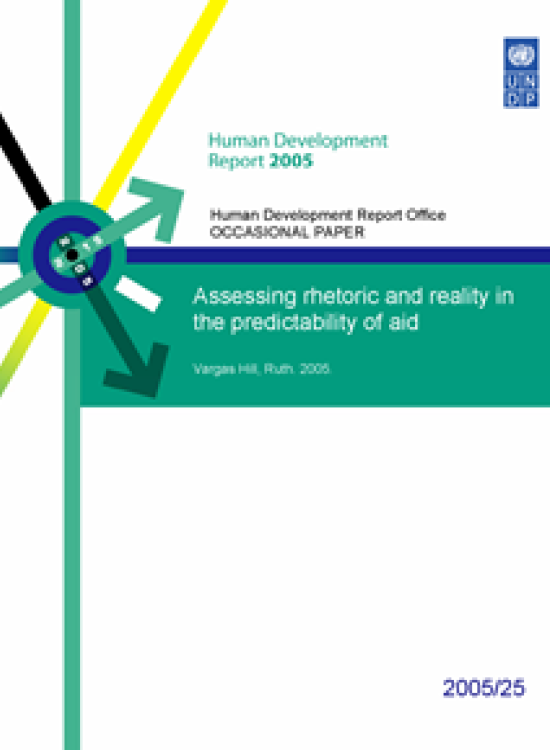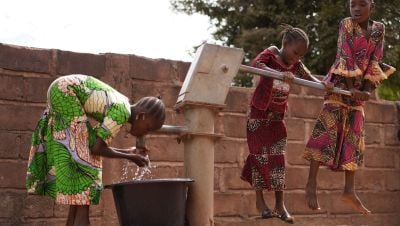Assessing rhetoric and reality in the predictability of aid

Download Report by Language
Document
hdr2005ruthvargashill25.pdf
(258.92 KB)
Citation
Vargas Hill, Ruth. 2005. Assessing rhetoric and reality in the predictability of aid. New York.
Assessing rhetoric and reality in the predictability of aid
Posted on: January 01, 2005
Life is subject to all kinds of fluctuations. Some of these fluctuations are predictable while others occur in a way that cannot be predicted. All human societies have developed ways of mitigating the effects of these fluctuations - predictable or not - on the welfare of their members. Societies vary at how well they can do this, but moreover, they vary in the extent, frequency, and severity of fluctuations realised. Fluctuations in wellbeing are more prevalent in the third world than in developed economies. High health and income risk is part of life – high incidence of disease (such as HIV / AIDs and malaria), climatic risks, economic fluctuations and the presence of conflict make households in developing countries vulnerable to serious hardship.

